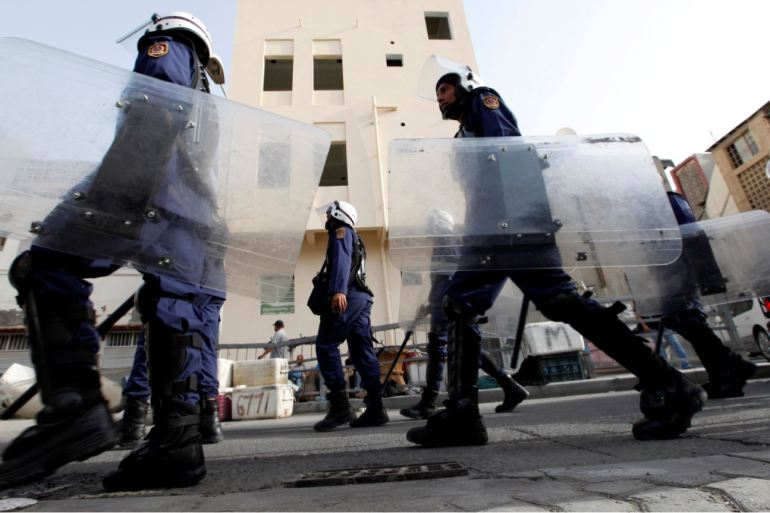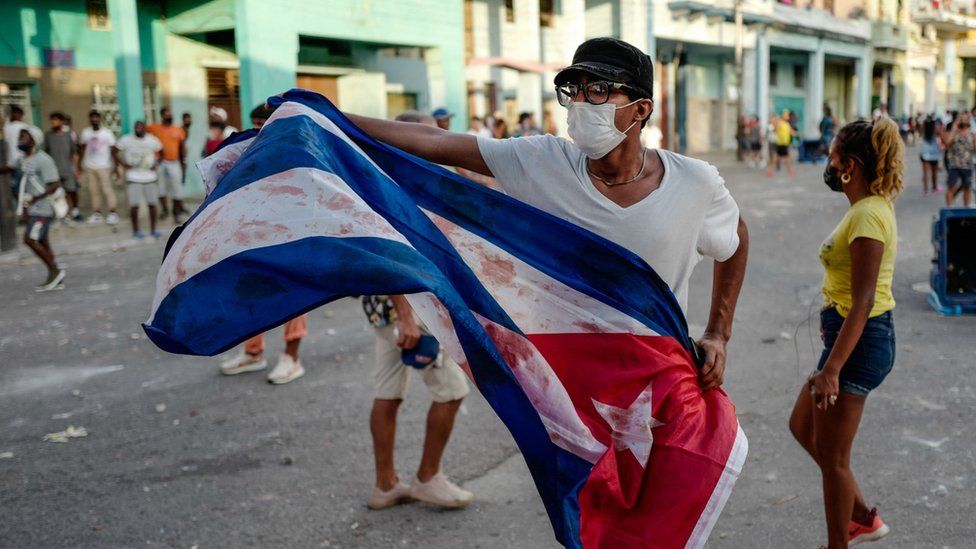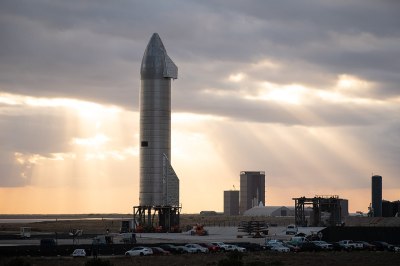Death sentences in the small Gulf nation have risen more than 600 percent in the past decade, new report finds.

13 Jul 2021
The use of the death penalty in Bahrain has dramatically escalated over the past decade, specifically since the 2011 Arab Spring uprising, a new report has found.
Death sentences in the small Gulf archipelago have risen by more than 600 percent, with at least 51 people ordered executed since anti-government protests erupted in 2011, according to a joint report published on Tuesday by anti-death penalty and human rights group Reprieve and the Bahrain Institute for Rights and Democracy (BIRD).
Seven people were sentenced to death in the previous decade, the report found.
The joint report noted the use of torture, especially in “terror” related death penalty cases, was particularly widespread, despite pledges for human rights reform by the government.
Some 88 percent of men executed in Bahrain since 2011 were convicted of “terror” charges, and 100 percent of these individuals alleged torture, the report found.
Today, some 26 men are facing imminent execution on death row, 11 of whom allege torture by Bahraini authorities. According to court documents, this includes individuals whose convictions were based on false torture “confessions”, the report said.
It noted the United Nations Committee Against Torture raised concerns about “the widespread acceptance by judges of forced confessions” in Bahrain, and recommended that judges “should review cases of convictions based solely on confessions, since many may have been based on evidence obtained through torture and ill-treatment”.
The death penalty has been imposed on a scale “never seen before”, especially targeting those connected to political opposition, it noted, as several had attended pro-democracy protests.
Commenting on the report, Sayed Ahmed Alwadaei, director of BIRD, said: “Sentencing torture survivors to death for their opposition to the government is a heinous act of revenge by Bahrain’s regime.
“For those facing imminent execution, the uncertainty of knowing they could be executed at any time is causing an unspeakable strain on their lives and those of their families.”
Claims of torture
Bahrain has been clamping down on dissent since 2011 when it quashed protests with help from Saudi Arabia.
Bahraini authorities have denied targeting the opposition and say they are protecting national security. The Gulf island kingdom has also claimed Iran trained and backed the demonstrators in order to topple the Manama government – an accusation Tehran denies.
Home to the Middle East headquarters of the US Navy, Bahrain has prosecuted and revoked the citizenship of hundreds of people in mass trials. Most opposition figures and human rights activists have been jailed or have fled.
But many have remained and are facing harsh sentences while their families await the news of their imminent deaths in anguish.
Tuesday marks one year since the Bahraini Court of Cassation decided to uphold Husain Moosa and Mohammed Ramadhan’s death sentences. The pair were tortured and convicted on the basis of a “confession” obtained through torture, according to human rights groups.
Security forces arrested Moosa, a hotel employee, and Ramadhan, a security guard in Bahrain’s international airport, in early 2014 after a policeman was killed in a bombing of a convoy in al-Deir, a village northeast of the capital, Manama.
At the time of their initial conviction, BIRD, as well as Amnesty International, said both men were tortured to extract false confessions, subjected to sexual assault, beatings, sleep deprivation and other abuses – accusations the Bahraini government denies.
According to the report, the men were pursued after attending “peaceful protests” in 2014.
Their so-called “confessions” were used to convict and sentence them both to death, a move that violates international law, the report said.
Mohammed’s mental health has deteriorated, and he has repeatedly expressed to his wife his overwhelming distress that his execution could be carried out at any moment.
Prison guards closely monitor Mohammed and Hussain’s phone calls, which, during the COVID-19 pandemic, are their only means of communicating with their family, who have been banned from visiting them since early 2020, according to the report.
They have suffered reprisals for the attention their case has received, including threats that if they speak with the media, guards will “revoke their phone privileges entirely”, it added.
‘You can’t say everything’
Meanwhile, Zuhair Abdullah, who was sentenced to death in 2018, suffered a wide range of torture techniques upon his arrest in November 2018, including the use of “electric shocks to the chest and genitals, beatings and attempted rape”, according to information gathered from interviews with Abdullah and his family.
He was threatened “further torture” by the former director of the Royal Academy in Bahrain, before agreeing to sign a “coerced confession” that led to the handing down of his death sentence, the report said.
In a phone interview with BIRD director Alwadaei – the edited transcript of which was shared with Al Jazeera – Abdullah spoke about his torture experience and sexual assault.
“They have no proof against me. None at all,” Abdullah said during the call that took place on October 11, 2019.
“I tried to defend myself to death. To death. I tried to stop them from that,” he said, recalling being assaulted as a “hose” was being inserted into his anus.
“I tried to stop them but I sustained some injuries … it was psychological torture and too much beating. It was attempted rape,” Abdullah said.
Upon meeting with a medical examiner, Abdullah said he could not freely talk about details of his assault because he was being monitored.
“You can’t say everything,” he said, adding that six months later he spoke to the same medical examiner but his injuries had healed.
“I explained everything. But I don’t know what his reports were,” Abdullah said.
‘Speak out’
In its recommendations, Reprieve and BIRD urged the Bahraini government to implement an “immediate moratorium on the use of the death penalty, pending a full review of all capital cases to identify allegations of torture”.
They have also called on the courts in Bahrain to “quash all death sentences and overturn any convictions that rely on torture evidence”.
The groups also called on the government of the United Kingdom to halt all assistance to “Bahraini security and justice bodies” that are responsible for carrying out much of the alleged abuses.
“The British government has a moral obligation to speak out against this injustice before it is too late,” BIRD director Alwadaei said.
















